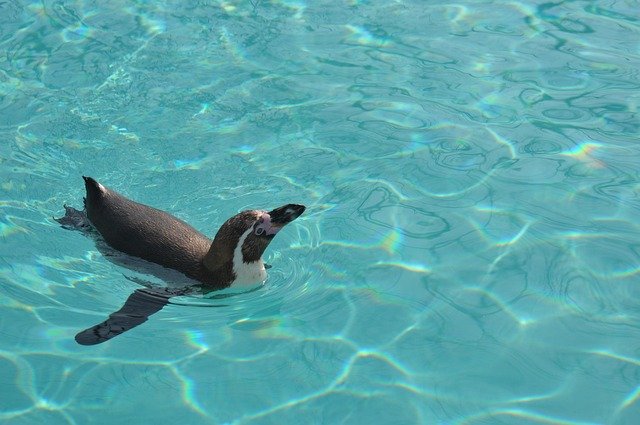**Title: "The Social Lives of Penguins: Understanding Their Complex Communities"** In this post,

The Social Lives of Penguins: Understanding Their Complex Communities
Penguins are often celebrated for their adorable waddles and striking tuxedo-like plumage, but there's much more to these fascinating birds than meets the eye. Beneath their charming exterior lies a rich tapestry of social interactions and complex communities that reveal the intricacies of their lives. In this post, we will explore the social dynamics of penguin colonies, their communication methods, parenting behaviors, and the importance of social bonds.
1. The Colony Structure
Penguins are highly social animals that thrive in colonies, which can range from a few dozen to several thousand individuals. These colonies provide safety in numbers, protection from predators, and opportunities for cooperative breeding. Different species, such as the Emperor and Adélie penguins, exhibit varying social structures, but all rely on the strength of their community for survival.
1.1 Hierarchical Dynamics
Within these colonies, penguins often establish a hierarchy. Dominance can be determined by factors such as size, age, and breeding success. Higher-ranking individuals may have preferential access to resources like prime nesting spots or food, while lower-ranking members may need to work harder to secure their needs.
2. Communication: The Language of Penguins
Penguins are vocal creatures, using a variety of calls and body language to communicate with one another. Each species has its own unique set of vocalizations, which serve different purposes, such as attracting mates, signaling alarm, or coordinating group movements.
2.1 Vocalizations
For example, Emperor penguins have a distinct mating call that helps partners recognize each other in the bustling colony. During the breeding season, these calls become essential for maintaining pair bonds and ensuring that parents can locate their chicks amidst the chaos.
2.2 Body Language
In addition to vocalizations, penguins also rely on body language. They may use specific postures or movements to convey emotions such as aggression or submission. Understanding these signals is crucial for navigating the complex social landscape of a penguin colony.
3. Parenting and Cooperative Breeding
Penguins are known for their dedicated parenting, with many species exhibiting unique breeding strategies. In species like the Emperor penguin, males take on the role of incubating eggs while females forage for food. This division of labor is a testament to the cooperative nature of penguin communities.
3.1 Chick Rearing
Once the eggs hatch, both parents share the responsibility of feeding and protecting their chicks. In some species, such as the Gentoo penguin, parents may even form crèches, where multiple families group their chicks together for added safety and social interaction.
4. The Importance of Social Bonds
The social lives of penguins extend beyond breeding and parenting. Strong social bonds are vital for their overall well-being. Penguins engage in social grooming, which helps strengthen relationships and reduce stress. Furthermore, these bonds can play a crucial role in the survival of individuals during harsh environmental conditions.
Conclusion
The social lives of penguins are a testament to the complexity of their communities. Through their intricate communication, cooperative breeding, and strong social bonds, these remarkable birds navigate the challenges of their environment. As we continue to study and appreciate the social dynamics of penguins, we gain a deeper understanding of their behaviors and the importance of preserving their habitats for future generations.
Whether you're a seasoned ornithologist or a casual animal enthusiast, the intricate social lives of penguins offer a captivating glimpse into the world of these remarkable birds. Next time you see a penguin, take a moment to appreciate the rich social tapestry that underlies its seemingly simple existence!

Upvoted! Thank you for supporting witness @jswit.